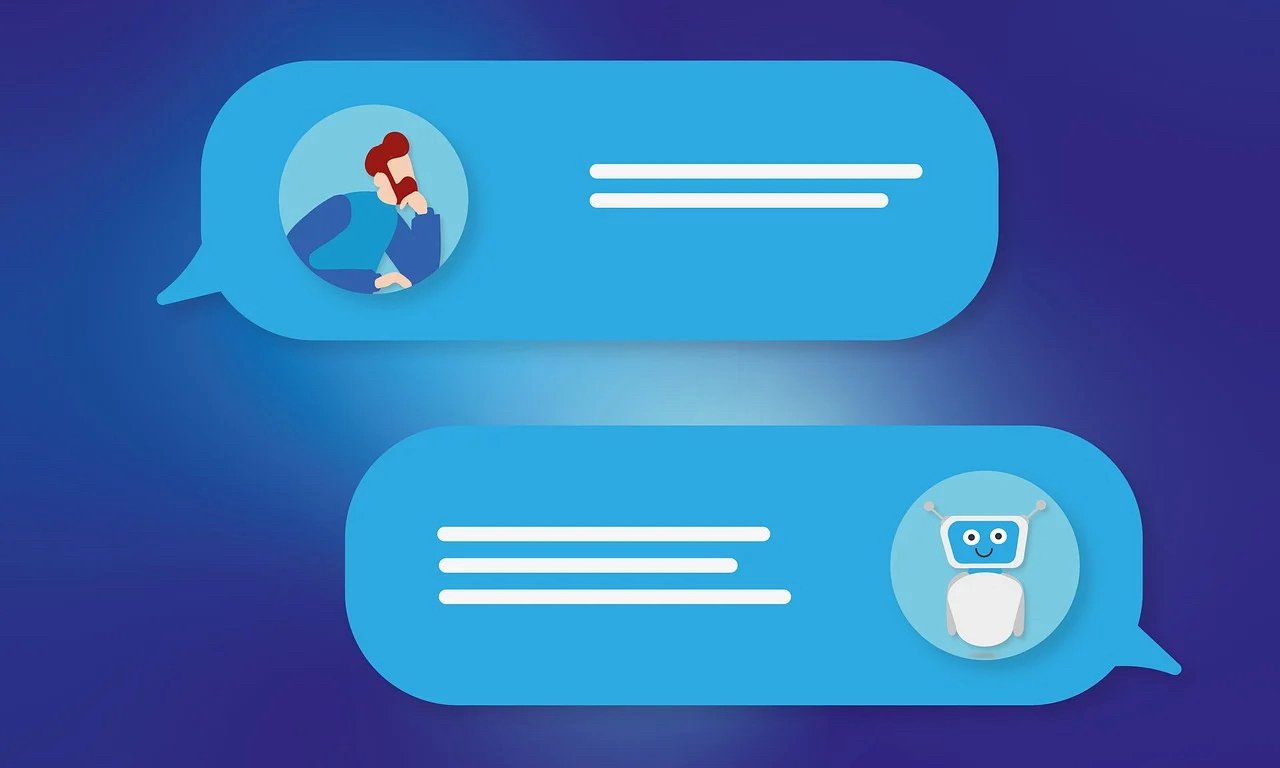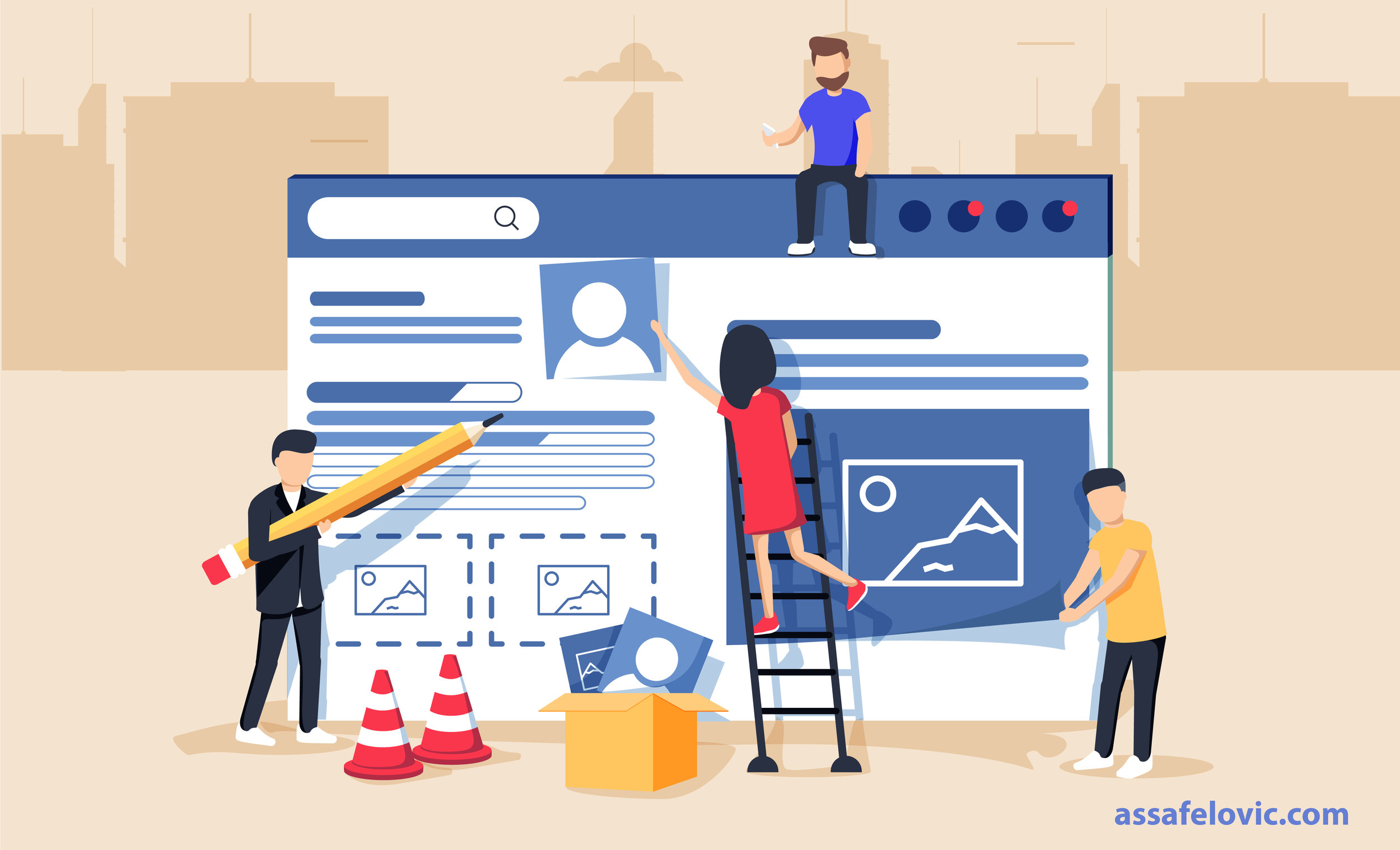Building and promoting a new consumer product is one of the most challenging things you can do as an entrepreneur. While there are many approaches on how to design, test, build and promote apps, usually they don’t seem to bring real results.
Then you start wondering, maybe it’s the product? Maybe there’s not enough market fit? Or is it bad execution? Or maybe we should grow the marketing/branding budget? Maybe we’re not targeting the right audience? Maybe we should build more features!
When you start questioning everything, things usually get even worse. You start defocusing from the main goal and start wasting energy and money on all kinds of wide approaches.
The worst is when you think it’s all a matter of growing your marketing or branding budget.
Your goal should always be one — improving customer retention. For those who are not familiar with what is customer retention, click here.
To make my point clear, I’ll let you in on a story I heard from a friend of mine, who’s the Co-founder and CTO of a very successful productivity B2C company. In 2012, they’ve released the first version of their app to the Google store and a crazy thing happened. A few days since the launch, 500K users worldwide downloaded the app. The reason for that crazy growth was due to no good apps in the productivity space back then. Over the next few months, they’ve grown to a few million users and raised over 5M dollars from VCs.
Four years later, they still couldn’t reach a decent business model, and he realized that despite the big numbers, there were very few actually using the product long term. So he decided to dig into the data and look for the reason. He found out that retention was very low, and what’s even worse, that it hasn’t improved much in four years! That’s when it hit him to focus on retention instead of user growth.
Back then, VC’s poured millions of dollars into companies with large user growth because they didn’t know how to deal or measure the crazy scale that mobile app stores and websites brought with them. Today the case is different. The first thing you’ll need in order to raise money in B2C is to show retention growth. And there’s a very good reason for that. Back to my friend’s story, with no retention, it didn’t matter how many users have downloaded their app. After a week, 95% of users have stopped using the product. So even if they had a billion users, after a few weeks all it would be is just a number in their database.
If you have 100K users using your product every day, it’s 100X more valuable than having 100M users using your product once a month.
Most importantly, once you’ve reached a decent retention rate, you can be sure that your marketing budget will lead to a sustainable growth of your product and business.
Too many startups begin with an idea for a product that they think people want. They then spend months, sometimes years, perfecting that product without ever showing the product, even in a very rudimentary form, to the prospective customer. This is where the Lean startupcomes in. In short, Lean Startup is a methodology that every startup is a grand experiment that attempts to answer one main question — “Should this product be built?”.
A core component of Lean Startup methodology is the build-measure-learn feedback loop. The first step is figuring out the problem that needs to be solved and then developing a minimum viable product (MVP) to begin the process of learning as quickly as possible. Once the MVP is established, a startup can work on tuning the engine. This will involve measurement and learning and must include actionable metrics that can demonstrate cause and effect question.
So that’s exactly what we did at Tiv.ai, with a few of our own twitches. FYI, Tiv.aiis a startup building an AI memory assistant which I’ve co-founded in January 2017. You can check out our product here.
Here are the steps we’ve taken in each iteration of building our product:
Define the most important product assumption
Design and build an MVP of how this assumption should be tested
Target early adopters to test our MVP
Apply the test results on the product
Repeat
This is how our growth looked in the first year (2017) of iterations:
User activity from March 2017 to January 2018
Slowly but surely right? Now let’s do an example together and see what happend after enough iterations.
1. Define the main assumption
We believed that there are no decent reminder apps that people actually like to use. The main reason in our opinion is that there’s a lot of friction in setting a single reminder. Either you need to fill a long form on a mobile app, or naturally ask an assistant like Siri, but realize she doesn’t understand 50% of your requests. So that’s when we defined our most important product assumption — If we could achieve understanding for almost every reminder request in natural language, users would use such a product long term.
2. Design and build an MVP
Since our assumption is focused on NLU (natural language understanding), we decided to focus solely on that. No branding, UX or other features. Just focus on improving the understanding. We’ve hired data scientists to build a state of the art NLU algorithm for understanding complex reminder requests. Secondly, since all we’re validating is this assumption, we’ve decided to build the MVP as a chatbot on Facebook Messenger, instead of going through the long and annoying process of building a mobile app.
Please note! If we were to build a mobile app, this would not add anything to testing our assumption, and make our MVP longer and more complicated to design and build. Moreover, it might have even defocused us from the main assumption. For example, what if users just don’t like to use new apps anymore? We might’ve concluded that our assumption is wrong even though it was for a whole other reason.
It’s important to narrow your MVP as much as possible, so there are no distractions from your main assumption.
3. Target early adopters
We needed English speakers since our algorithms only supported it. Also, we believed that millennial moms would eagerly want a product like this, since they’re always on the move and very busy, while constantly needing to remember things. So we targeted some Facebook pages (with no budget) which were based on a community of moms, and successfully brought onboard a few hundred beta testers to try it out.
4. Apply the test results on the product
After our first iteration, we’ve learned the following:
There were much more ways to ask for reminders than we thought. But users extremely enjoyed the ease of setting reminders with a simple request.
Users don’t always ask for reminders in a single request but break it to a few steps.
When working with chatbots, users would like the assistance of buttons to make it faster and easier to handle.
With these results, we went on to our next main assumption, which was to add buttons to the flow of setting a reminder (conclusion 3). And guess what, that assumption also turned out to be true. For more proven assumptions, you can read my article on How to improve your chatbot.
Little by little, we improved our overall product and retention rate on a weekly basis. We never went on to tackle more than one assumption at a time. Slowly but surely, we started discovering users who were with us for over 6 months! After a year of weekly iterations, we’ve finally decided it was time to launch our product. We’ve reached a Week 1 retention rate of 92% and Week 4 of 16%. It’s way above the market standard which was enough for us.
We’ve published our chatbot on FB Messenger on mid Feb 2018 and within a month, have grown by over 5,800% as you can see below.
Daily new users from Feb 17 to March 17
This was mostly due to delivering a lean product that we knew people enjoyed and would recommend to others. Since then, we’ve grown to over 1M users worldwide and are growing by tens of thousands of users a day.
User activity from Jan 01 to May 01
We’re continuing to work with this methodology, and it’s proven a success every day.
Not only did this methodology help us focus solely on what’s the most important set of features users want, but it also helped us filter out features we believed are valuable, but that are actually not.
As said with customer service that the customer is always right, the same goes for product development. Trust your customers, listen to them and engage with them, understand what they want and don’t want. Never build things out of your own intuition unless it’s for assumption testing. At the end of the road you’ll reach one of two conclusions:
The product does not have enough market fit, time to move on.
You have a product people want. Good job, you’re on the way to building a company!
Either way, you win.








